The 10 Coolest Smartphones Of 2011
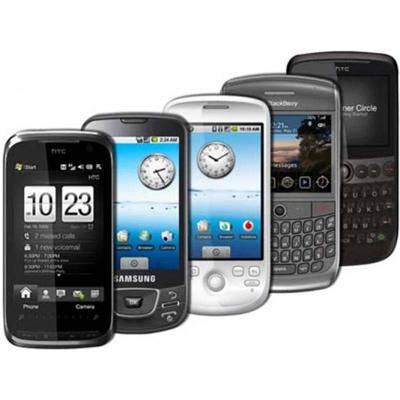
The Coolest Smartphones of 2011
While tons of phones are still out there running Symbian and various other embedded OSes, most of this year's smartphone action has involved iOS and Android. Apple's release of the iPhone 4S gave us the world's first truly usable voice-activated command and control system, and the release of the latest Android version to open source will bear untold fruit for months and years to come.
And while we won't spend time here with 2011's riskiest smartphones, or the year's 10 biggest technology disappearances, what we will cover are 10 of the coolest smartphones released in 2011.
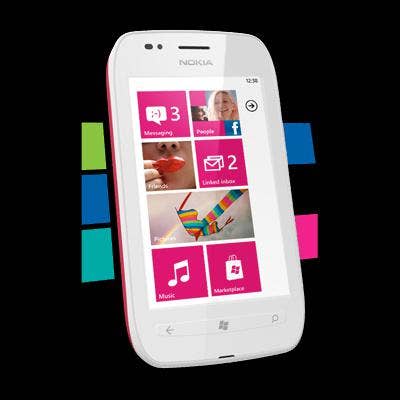
10. Nokia Lumia 710
Clearly targeting the younger, socially connected crowd is the Nokia Lumia 710, an all-touch 3G/WiFi phone running Windows Phone 7.5 (Mango) and available in several flashy colors. Weighing in at 4.4 ounces, its 3.7-inch, 800x480 pixel Gorillaglass screen displays files of a larger-than-average number of file formats, including WBMP, TIFF and EXIF (as well as JPG, BMP, GIF and other common ones, of course).
Lumia is equipped with a 5 megapixel auto-focus camera with LED flash, 8 GB memory, two microphones, sensors for proximity, ambient-light and direction as well as a 3D accelerometer. It works on GSM, WCDMA and WiFi neworks, and supports Bluetooth 2.1 +ERD and Bluetooth stereo audio. connectors include MicroUSB (2.0), MicroSIM and a 3.5 mm audio jack.
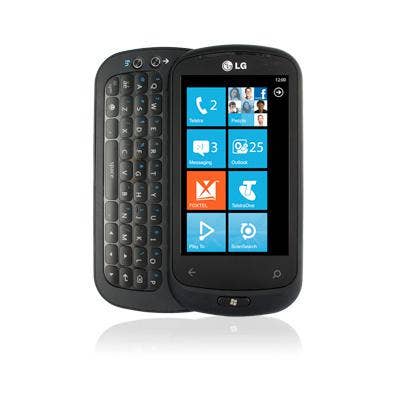
9. LG Optimus 7Q
Disguised as a plain old candy bar phone with 800 x 480 pixel capacitive touch screen, the LG Optimus 7Q also hides a QWERTY keyboard that slides in and out of view. This 3.5-inch screen model for Windows Phone 7 includes Outlook integration and can sync with calendar, mail, contacts and Windows Live apps out of the box.
Measuring 4.7 x 2.3 x 0.6 inches, it's not the smallest of the bunch, but it does include a 1GHz processor, 16 GB of memory for storage and another 512MB for running apps. Its five megapixel camera with LED flash can capture video at 720p, and with LG's PlayTo feature, can send (or be sent) media files to (or from) DLNA-DMR devices via its WiFi radio. Works on GSM and UMTS networks.
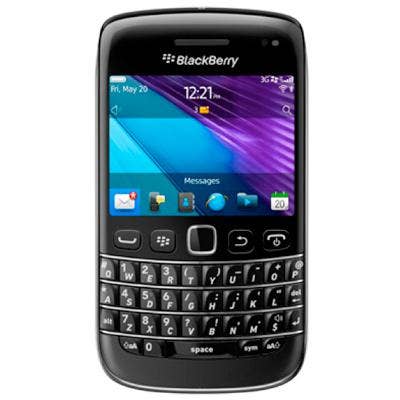
8: Blackberry Bold 9790
Not deterred by serious network outages this year, Research in Motion's strategy has been full steam ahead with the November release of a pair of major new devices. Espousing the more traditional RIM design (with physical QWERTY keyboard) is the Blackberry Bold 9790, a slimmer, more powerful candy bar than its predecessor, the 9780.
The 9790 is built around a 1 GHz Marvel processor, 8 GB of memory, five megapixel auto-focus camera, 2.5-inch (480 x 360 pixel) capacitive touch screen and microSD slot that supports memory expansion to 32 GB. Measuring 4.3 x 2.4 x 0.4 inches, the Bold also is equipped with Bluetooth, GPS, NFC, UMA and WiFi a/b/g/n radios and runs Blackberry OS 7. A redesigned keyboard wraps left- and right-edge keys slightly around the corners.
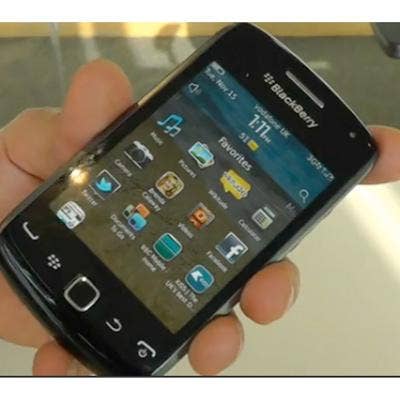
7. Blackberry Curve 9680
The same overall size, shape and weight as the Curve 9360, the all-touch Curve 9680 replaces its predecessor's physical QWERTY keyboard with a digital one. And like the Bold, the Curve was launched in November, runs Blackberry OS 7. But its 480 x 360 pixel screen offers far more real estate for displaying pics from its five megapixel auto-focus camera with flash. The camera, however, captures video only up to VGA resolution (640 x 480).
What's most cool about Curve is its extensive communications capabilities. The quad-band GSM/GPRS phone and includes tri-band for UTMS as well as WiFi b/g/n, Cisco CCX and UMA support. Throw in NFC and a dozen Bluetooth profiles and you've got yourself one cool entry-level Blackberry.
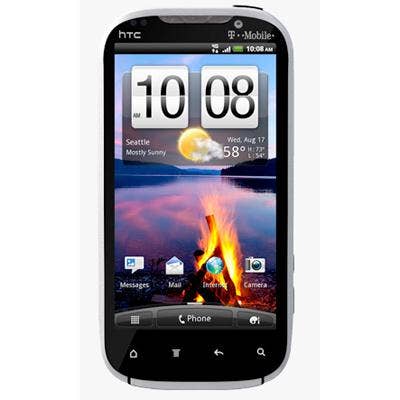
6. HTC Amaze
It takes a bold company to name its products with superlatives, and the universe of names like "Incredible" can quickly grow thin. Undaunted, the HTC Amaze will do just that, particularly when used to capture and display images. Its 4.3-inch qHD display offers a nearly uninterrupted 960 x 540 pixels (exactly one quarter of HD, hence qHD).
Picking up the slack is an eight-megapixel camera with 28-mm lens and f/2.2 aperture that captures full HD. The Amaze includes a dedicated camera button, LED flash and a two megapixel front-side camera to boot. Android 2.3.4 runs on a 1.5-GHz, dual-core processor on 1GB of system memory plus 16 GB of storage, expandable to 48 GB. Includes support for Bluetooth 3.0, WiFi b/g/n, HSPA+ and quad-band GSM/EDGE. Oh, and video processing is handled by an Adreno 220 discrete GPU. Pretty cool.
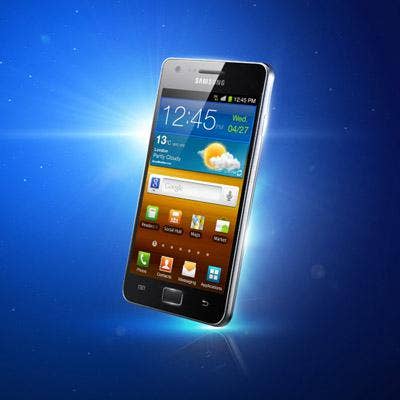
5. Samsung Galaxy S2
So cool it's hot, the Samsung Galaxy S2 is centered around one of the most powerful smartphone processors available: Samsung's 1.2 GHz Exynos dual-core processor. Technically a system-on-chip, the Exynos integrates RISC-based CortexA9 application processor with its Mali 400MP ARM-based GPU, and communicates with the system's 1 GB of memory at a blistering 6.4 GBps. That's plenty enough bandwidth to keep its 800 x 480 Super AMOLED Plus 3D video display, 1080p video capture and HDMI output all working smoothly--simultaneously through support of separate post processing pipelines. Galaxy S2 includes 1 GB of storage memory, an 8MP back camera, 2MP front camera, WiFi Direct plus a/b/g/n, Bluetooth 3.0, GPS, DivX playback, stereo FM radio, and dual MicroUSB and HDMI outputs. As if that weren't enough, Samsung adds to the Galaxy S2 a UI layer called TouchWiz that runs atop Android (as well as Samsung's Bada OS for its low-end phones). For consumers, it's one of the coolest devices out there. But for developers seeking a pure Android platform free of proprietary overlays, check out Samsung's NEXT slide...
{C}
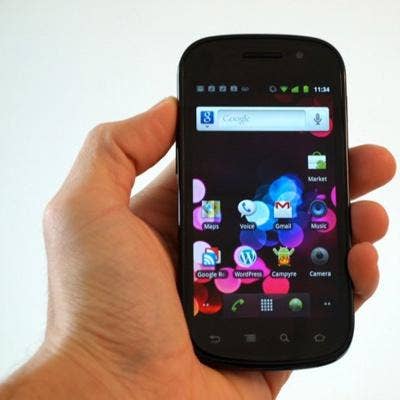
4. Samsung Galaxy Nexus
One of the first devices to be shipped with Android 4.0 Ice Cream Sandwich, the Samsung Galaxy Nexus is not only a great looking smartphone, it's among the world's purest Android devices. Its 4.6-inch curved super AMOLD screen conforms to the face during conversations and automatically blacks out. When withdrawn, its stunning 1280 x 720 pixels blink instantly to life.
Measuring 2.7 x 5.3 x 0.3 inches, the paper-thin unit weighs just over five ounces. You'd never know that underneath is a 1.2-GHz dual-core processor running on 1 GB of system memory plus 32 GB for storage. Its five megapixel zero-shutter camera with continuous focus records video at 1080p. There's also an LED flash 1.3-megapixel front-side camera and two mics. Galaxy works on LTE/CDMA and WiFi networks, includes Bluetooth and NFC radios, and gyro, accelerometer, compass and barometer sensors. Very cool.
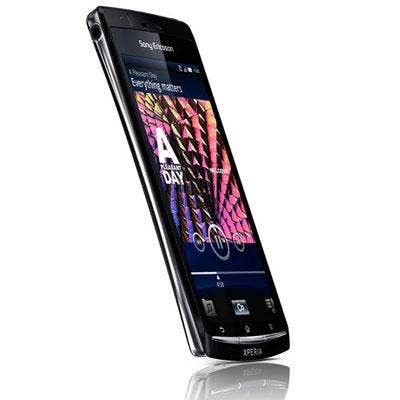
3. Sony Xperia Ray
Running Android 2.3 and available in a variety of cool colors is the Xperia Ray from Sony Ericsson, which in November went all in with Android 4.0, announcing that it would bring Ice Cream Sandwich to all of its Xperia smartphones. Just 4 x 3 inches and a third of an inch thick, the Xperia Ray is the smallest of the cool smartphones this year, yet its 854 x 480 screen is among the most pixel-packed and driven by Sony's Bravia engine and an Adreno 205 GPU. That's integrated with its 1-GHz Snapdragon SoC, running apps on 512 MB of system memory, 320 MB of internal storage and 4 GB to 8 GB of included MicroSD-based additional storage expandable to 32 GB.
Its 8.1 MP back camera with Sony’s Exmor R sensor and video light captures high-resolution photos as well as 720p video at 30 frames-per-second. Also included in the tiny package are a 1.4-MP front camera, stereo FM radio, WiFi b/g/n, A-GPS, USB hosting, DLNA playback, Bluetooth 2.1 and support for GSM/GPRA/EDGE, UMTS/HSPA networks.
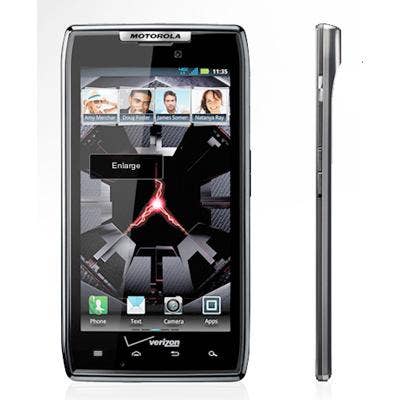
2. Motorola Razr
Remarkably thin at 0.27 inches, the Motorola Razr is aptly named yet incredibly well equipped. The all-touch CDMA/LTE Razr layers a Gorillaglass Super AMOLED multi-touch qHD 960 x 540 display atop an integrated one-piece motherboard with dual-core, dual-channel RAM 1.2GHz processor with 16GB storage memory plus another 16-GB microSD card (upgradable to 32 GB). Out of the box it runs Android 2.3.5 Gingerbread, but is upgradeable to Android 4.0 Ice Cream Sandwich. Also equipped with accelerometer, compass, proximity, battery temperature and ambient light sensors, the new Razr somehow also jams in an eight MP front camera that captures and plays back 1920 x 1080p video at 30 frames per second, plus a 1.3 MP front-facing camera with 720p video capture; both cameras focus automatically and in-phone tools allow basic image editing. There's WiFi b/g/n with hotspot capability for up to eight other devices, Bluetooth and Stereo Bluetooth, USB 2.0 with micro USB connector, micro HDMI connector, A-GPS, DLNA support and a 3.5-mm headset jack, all wrapped in a Kevlar jacket. What could be cooler than a bullet-proof smartphone?
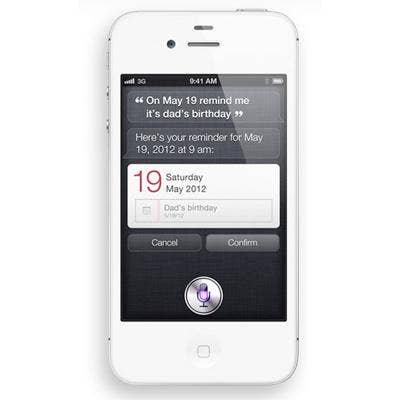
1. Apple iPhone 4S
Leave it to Apple to provide the year's must-have device. Sure, the iPhone 4S has a dual-core Apple A5 processor, which is actually an ARM-based Cortex-A9 CPU with NEON SIMD accelerator and dual-core PowerVR GPU, plus 8 MP auto-focus camera with LED flash, face detection, 1080p video capture at 30 frames per second with stabilization. It's also equipped with radios for UTMS/HSDPA, GSM/EDGE,CDMA EV-DO with international roaming, WiFi b/g/n, Bluetooth 4.0, A-GPS and GLONASS alternative to GPS, compass, three-axis gyroscope, accelerometer, proxity and ambient light sensors. But what makes the iPhone 4S really cool is Siri, Apple's natural-language artificial assistant. Siri accepts spoken commands, performs complex tasks and when appropriate feeds commands and queries to back-end services for further processing and/or actions. Siri can schedule meetings, suggest restaurants, obtain driving directions or just about anything. It not only understands what is said, it comprehends what it meant. It's truly amazing. And very cool.